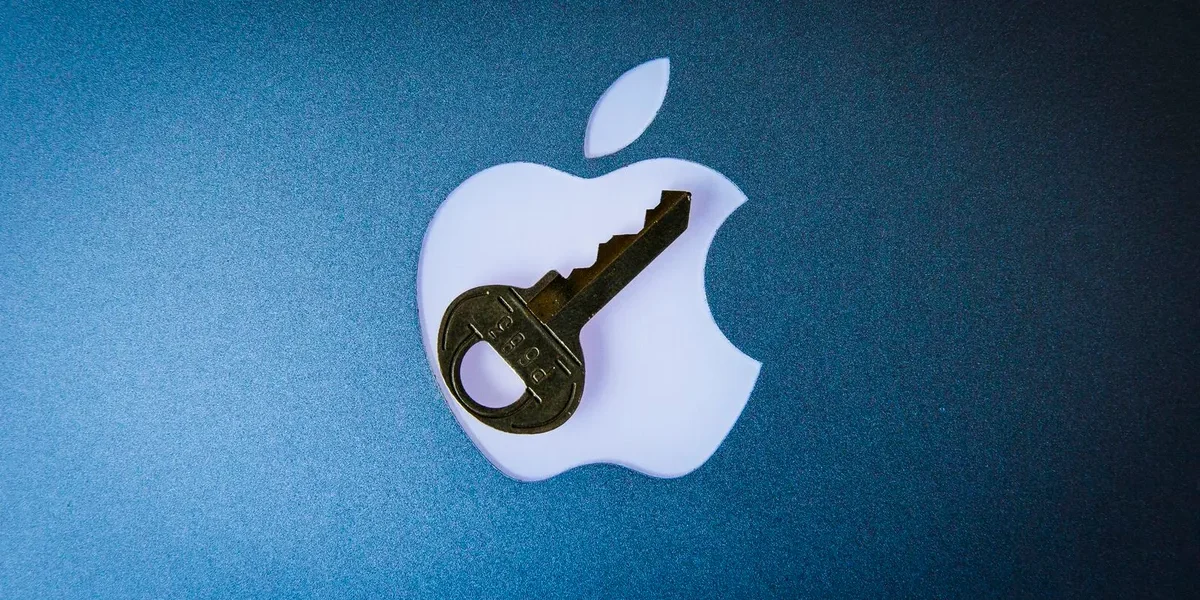How to Immediately Boost Your iPhone’s Security With Advanced Data Protection
It’s not enough to protect your devices — you need to ensure your iCloud data is encrypted, too.If you’ve put in the effort to secure your data on your computer, iPhone and other devices, you can already sleep better than most people. But there’s still a vector that could be out of your control: cloud data. To ensure you’re running the highest level of encryption between you and Apple’s iCloud servers, turn on Advanced Data Protection. However, the technology is also under scrutiny in the UK, which led Apple to temporarily turn off the feature for UK customers.
If you’re outside the UK and concerned about who can see your data, here’s how to turn ADP on and how it differs from the default iCloud encryption.
Why is ADP turned off for UK customers?
In February, Apple took the unusual step of turning off ADP for customers in the UK. The British government has reportedly demanded that Apple provide a method for law enforcement to access encrypted data as part of criminal investigations. But that creates a serious security problem, because this type of backdoor access can also be exploited by criminals or untrustworthy governments. Since then, Apple has appealed the Home Office’s demand, and in April, a judge ruled that discussions between Apple and the UK government can’t be held in secret. ADP can no longer be enabled for people in the UK; those currently using ADP will need to turn off the feature at a future date.How does Advanced Data Protection work?
The key difference between ADP and how Apple encrypts data by default is how accessible your information is when stored on Apple’s servers. In what Apple calls standard data protection, information sent between points, such as files stored on iCloud Drive and iCloud backups of your devices, is encrypted and transmitted securely. If someone intercepts that data between the two points, they’ll see only gibberish. That data remains encrypted when stored on Apple’s servers so you can access it from other devices, for instance. However, Apple can still access the encryption keys to unscramble and read the data — and provide it to law enforcement following a legal request.READ MORE

